Numerical Abilities
As well as being able to roughly compare continuous quantities, humans and animals of various sorts share a method of recognising small numbers of objects or sequences of events that is independent of language. See Subitising and Counting Ants
Both animals and pre-verbal children can judge proportions and numbers of things, sounds, time intervals, smells etc. (Reznikova and Ryabko 2011)
In the natural world the ability to perceive quantities is helpful in many situations, for example, in keeping track of predators or selecting the best foraging grounds.
Counting
In child and animal studies, the following 5 principles are widely accepted as defining the process of counting. (Gelman & Gallistel 1978)
1. The one-to-one principle. Each item in a set (or event in a sequence) is given a unique tag, code or label so that there is a one-to-one correspondence between items and tags.
2. The stable-order principle (ordinality). The tags or labels must always be applied in the same order (e.g., 1, 2, 3, 4 and not 3, 2, 1, 4). This principle underlies the idea of ordinality: the label ‘3’ stands for a numerosity greater than the quantity called ‘2’ and less than the amount called ‘4’.
3. The cardinal principle (cardinality). The label that is applied to the final item represents the absolute quantity of the set. In children, it seems likely that the cardinal principle presupposes the one-to-one principle and the stable-order principle and, therefore, should develop after the child has some experience in selecting distinct tags and applying those tags in a set.
4. The abstraction principle (property indifference). Counting can be applied to heterogeneous items. In experiments with children, a child should be able to count such different items as toys of different kinds, colour or shape and to demonstrate skills of counting even actions or sounds. There are indications that many 2 or 3 year old children can count mixed sets of objects.
5. The order irrelevance: the order in which objects are counted is irrelevant.
Arithmetic in Young Children
In humans numerical ability can be demonstrated in 2 to 3 month old children.
After a period of habituation young pre-verbal children spend less time looking at a familiar scene and more time looking at an unexpected or unfamiliar one. So an ‘expectancy violation technique’ can be used to assess a child’s understanding of a situation or problem.
The idea is that if infants can keep track of the number of toys being placed behind a screen, they will look longer if the removal of the screen reveals an outcome that violates their expectations. Using this technique very young children can be shown to be capable of simple small number arithmetic (Wynn 1990)
So with addition, if 1 doll is initially on the stage and another doll is visibly put onto the closed stage, children expect there to be 2 dolls on the stage when it is opened. This is shown by a lack of surprise. However, when a doll is visibly added and then secretly removed, children are surprised that only 1 doll is on the stage when it is opened, and show extra attention to this outcome.
Similarly with subtraction, when 2 dolls are initially on the stage and 1 doll is visibly removed, children show no surprise when it is opened, but show surprise if 1 doll is visibly removed and then secretly put back so that 2 dolls are on the stage when it is opened.
From Subitising to Counting
Lakoff and Núñez suggest that subitising is the a-priori foundation upon which all other mathematical abilities are built
Gelman & Gallistel’s 5 Principles describe, in rather set theoretic terms, what is entailed in counting but they do not adequately describe the process of acquiring this capability. This is particularly so with the first two principles; one-to-one correspondence and the stable order (ordinality) principle.
In particular it is not clear how an innate subitising ability, that is not available to conscious scrutiny, can be used to help tag objects. It might be imagined that the tags could be assigned in order by subitising the size of growing groups of objects, as illustrated above. But this pre-supposes that numerical tags of some sort are available.
It is suggested that children, obviously without any innate knowledge of number words, must learn the number words of their language and map them onto their own innate ordered list of number tags.(Gelman & Gallistel 1978)
Wynn suggests that the necessary tagging is not possible without at least some number words having been learnt.
“In order to understand the counting system-that is, to know how counting encodes numerosity–children must know the meanings of (some of) the number words. They must also know, at least implicitly, that each word’s position in the number word list relates directly to its meaning-the farther along a word occurs in the list, the greater the numerosity it refers to. Without this knowledge, though children might understand the meaning of a given number word, they would not understand how counting determines which number word applies to any given collection of counted entities. Thus children’s developing knowledge of the meanings of the number words is a central part of their understanding of the counting system”. (Wynn 1990)
Counting is thus a culturally supported linguistic activity.
Bibliography
Cantlon, J.F. & Brannon, E.M. (2007). How much does number matter to a monkey (Macaca mulatta)? J. Exp. Psychol. Anim. Behav. Process. 33: 32-41
Fuson, K. C. (1988). Children’s counting and concepts of number. Springer-Verlag, New York.
Gelman, R. & Gallistel, C. (1978) The Child’s Understanding of Number. Harvard University Press, Cambridge M.A.
Koehler, O. (1956). Thinking without words. — In: Proceedings of the 14th International Congress of Zoology, Copenhagen, pp. 75-88.
Lakoff, G. & Núñez, R. E. (2000) Where Mathematics Comes From: How the Embodied Mind Brings Mathematics into Being Basic Books
Markman, E. M. (1989). Categorization and naming in children. MIT Press, Cambridge, MA: .
Reznikova, Z. and Ryabko, B. 2011. Numerical competence in animals, with an insight from ants Behaviour 148, 405-434
Wynn, K. (1990) Children’s Understanding of Counting. Cognition 36 155-193



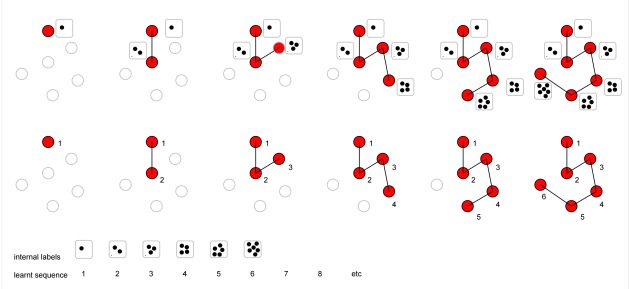
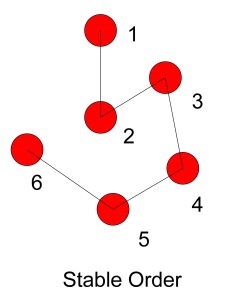

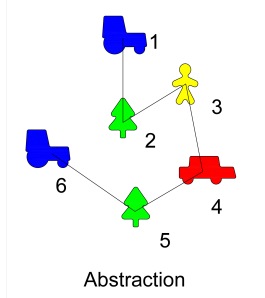
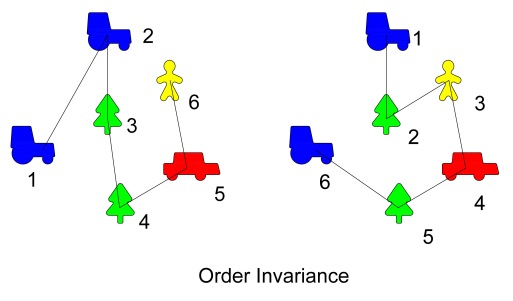
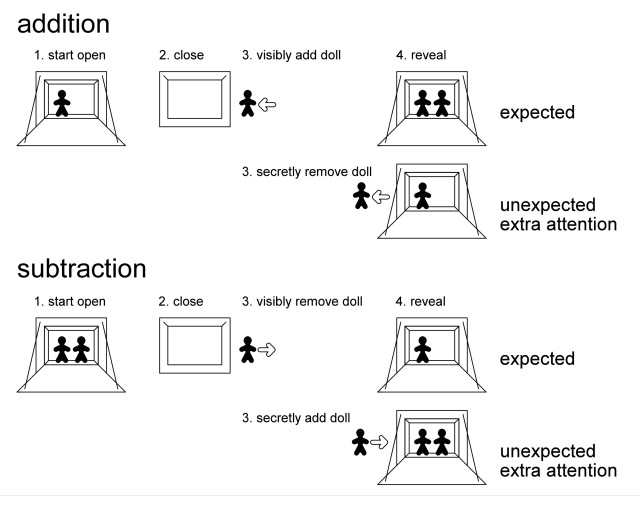

Вы когда-нибудь думали о написание электронная книга или гостевой авторская других сайтов?
У меня есть блог, основанный на
центром, основанную на же информация обсуждать и будет любовь, чтобы вы поделиться некоторыми историями / информации.
Я знаю, что мой подписчиков читатели будут наслаждаться оценить вашу работу.
Если Вы, даже отдаленно заинтересованы,
не стесняйтесь отправить электронной почты.
LikeLiked by 1 person
Good post. I learn something new and challenging on websites I stumbleupon everyday.
It’s always useful to read through content from other writers and use something
from their web sites.
LikeLike